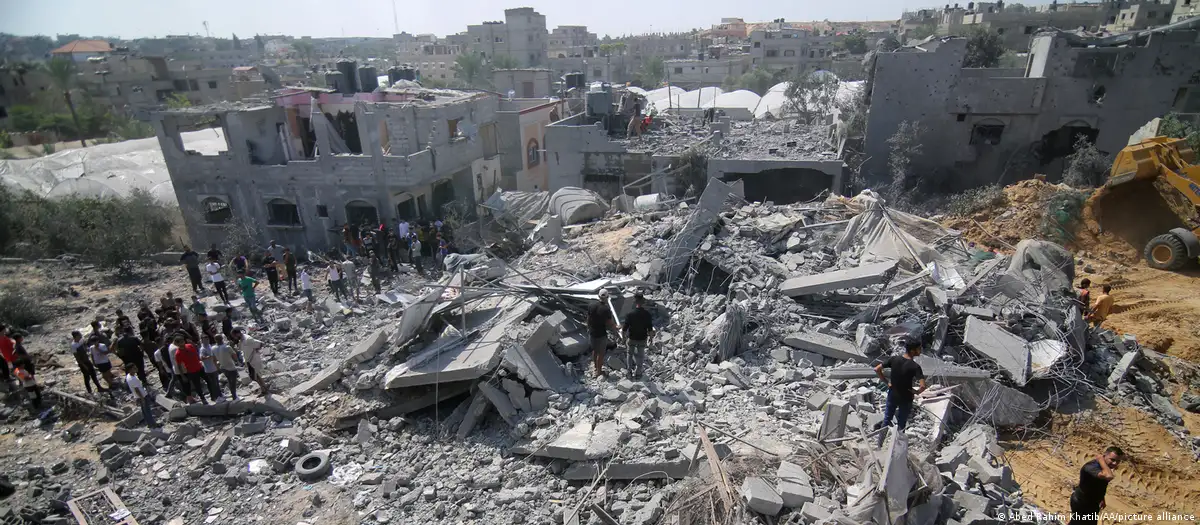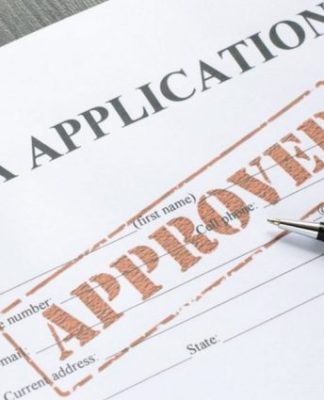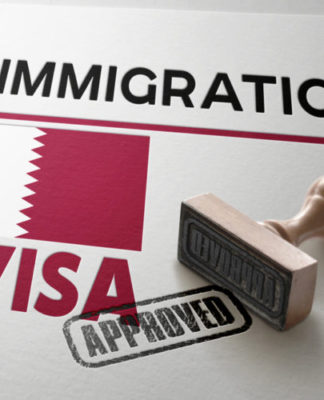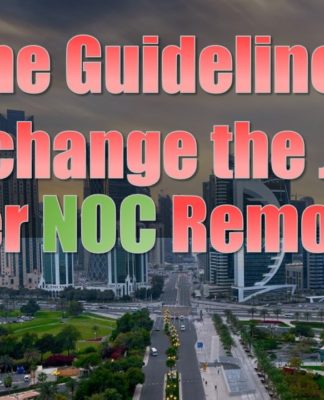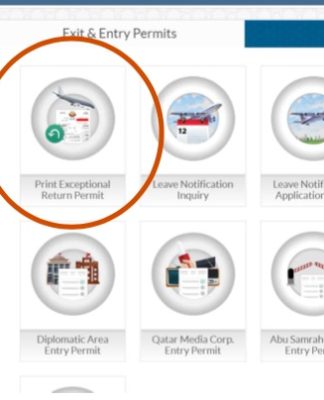CONFLICTSMIDDLE EAST
Israel-Hamas war: Gaza’s humanitarian situation explained
Benjamin Restle
13 hours ago13 hours ago
The Gaza Strip, a coastal enclave wedged between Israel, Egypt, and the Mediterranean Sea, faces a humanitarian crisis following the terror attacks on Israel by the militant Islamist Hamas.
https://p.dw.com/p/4XUms
A view of destroyed Gaza buildings following Isreali airstrikes
A view of Gaza buildings destroyed during Israeli airstrikesImage: Abed Rahim Khatib/AA/picture alliance
The Gaza Strip is 365 km² (141 sq. mi.) in size and home to 2.2 million people, 1.7 million of whom are refugees, according to the UN Relief and Works Agency for Palestine Refugees in the Near East (UNRWA). The UN body provides services in eight refugee camps across Gaza.
“The Gaza Strip is one of the most densely populated areas in the world at 5,900 residents per square kilometre,” says the UN Office for the Coordination of Humanitarian Affairs (OCHA), 41% of the population in Gaza is under the age of 15.
Ever more displaced Gazans and a rising death toll
OCHA officials said on Thursday that over 400,000 Gazans had been internally displaced by Israeli airstrikes carried out in retaliation for the Hamas terror attacks on Israel last Saturday. Hamas is considered a terrorist organization by Israel, the EU, US and several other nations.
The Gaza Health Ministry reports some 1,500 people have been killed in Israeli airstrikes, with over 6,000 wounded.
Health care sector under strain with dead and dying
The Gaza Strip has 13 hospitals, which are “only partially operational due to supply shortages and fuel rationing,” according to the OCHA.
A press release by Fabrizio Carboni, regional director for the Near and Middle East for the International Committee of the Red Cross (ICRC), warns that, “Gaza loses power, hospitals lose power, putting newborns in incubators and elderly patients on oxygen at risk. Kidney dialysis stops, and X-rays can’t be taken. Without electricity, hospitals risk turning into morgues.”
Power shortages as Israel cuts electricity
The Gaza Strip has one power plant, generating about 70 megawatts of electricity per day. This covers a small fraction of the territory’s total energy needs of at least 400 megawatts, according to data collated by the OCHA. In addition, some 120 megawatts of power are ordinarily imported from Israel. On average, Gazans have received an average of 13 hours electricity per day this year.
An external view of Gaza’s only power station, taken in August 2023An external view of Gaza’s only power station, taken in August 2023
The only power plant in the Gaza Strip is now offline due to fuel shortagesImage: Ali Jadallah/AA/picture alliance
Following Hamas’ weekend assault, Israel stopped supplying electricity to the Gaza Strip. With Gaza’s only power plant now out of fuel and offline, the territory is without electricity, meaning residents and institutions alike are dependent on power generators.
Unemployment and poverty define life in Gaza
Gaza’s unemployment rate stands at over 45%, according to OCHA data. Some 60% of people aged 15-29 are without work.
Data gathered by the UN body shows that in 2021, over 80% of Gazans employed in the private sector earned less than the minimum wage of $442 (€419) per month.
UNICEF spokesman Stephane Dujarric has said that nearly 80% of Gazans rely on humanitarian assistance.
When did the Gaza Strip blockade begin?
Israel imposed a land, sea and air blockade of the Gaza Strip in 2007, after Hamas took control of the territory. Since then, people’s movements into and out of the area through Israeli checkpoints and the sole crossing into Egypt at Rafah have been severely restricted, says the UNRWA.
Two orange, stretch Mercedes with mountains of luggage on their roofs at the Rafah border crossing between the Gaza Strip and Egypt (pictured in 2021) Two orange, stretch Mercedes with mountains of luggage on their roofs at the Rafah border crossing between the Gaza Strip and Egypt (pictured in 2021)
Rafah border crossing between the Gaza Strip and Egypt (pictured in 2021)Image: Mustafa Hassona/AA/picture alliance
Following Hamas’ Saturday assault, Israel imposed a “total blockade,” shuttering all checkpoints and halting the delivery of food, aid, and fuel into the Gaza Strip.
This means the Rafah, Egypt, crossing — the only checkpoint not controlled by Israel — is the sole route for food, aid and other items into Gaza. In the past, the Rafah crossing has been shut for extended periods and only open on an irregular basis.
Edited by: Lucy James
A portrait of Benjamin Restle.A portrait of Benjamin Restle.
Benjamin Restle Author, translator, editor
@ben_restle














